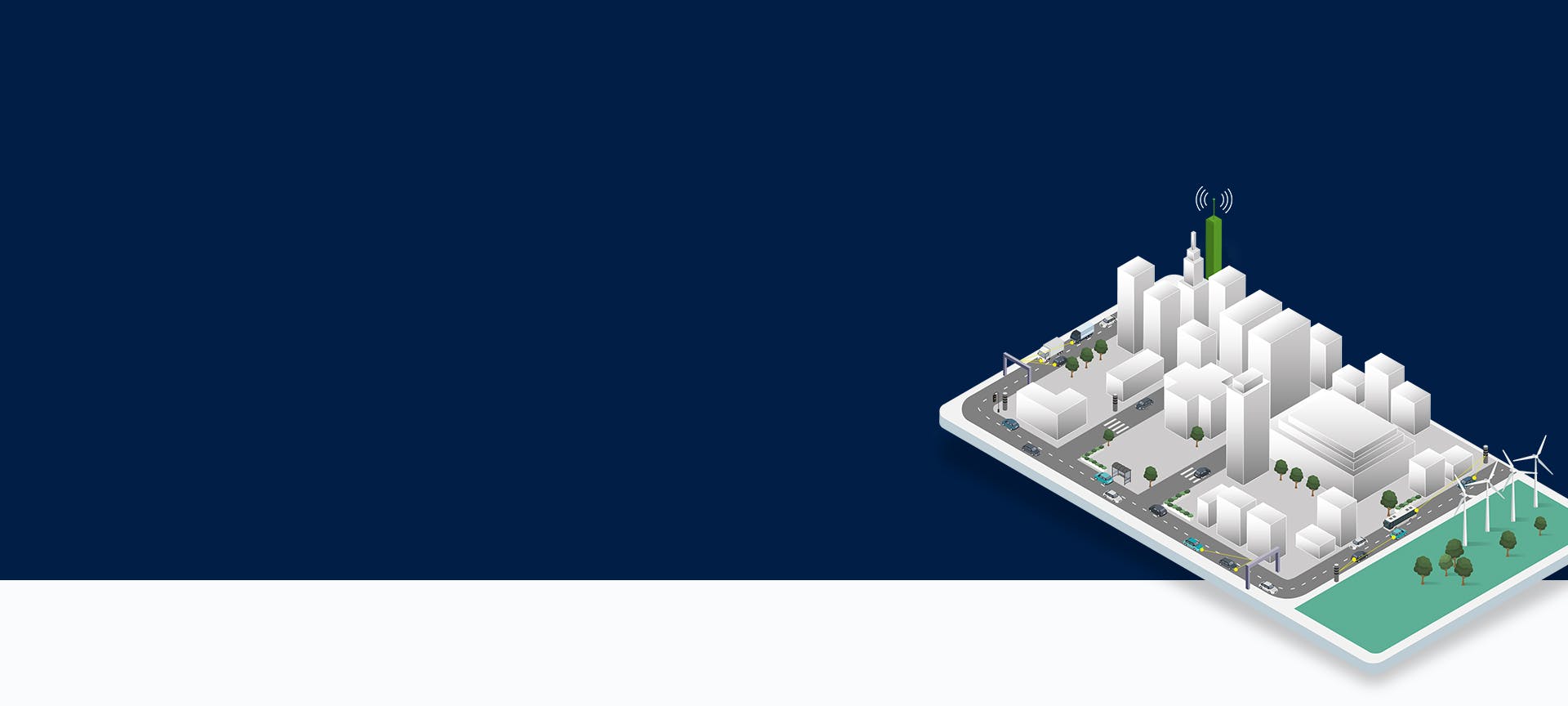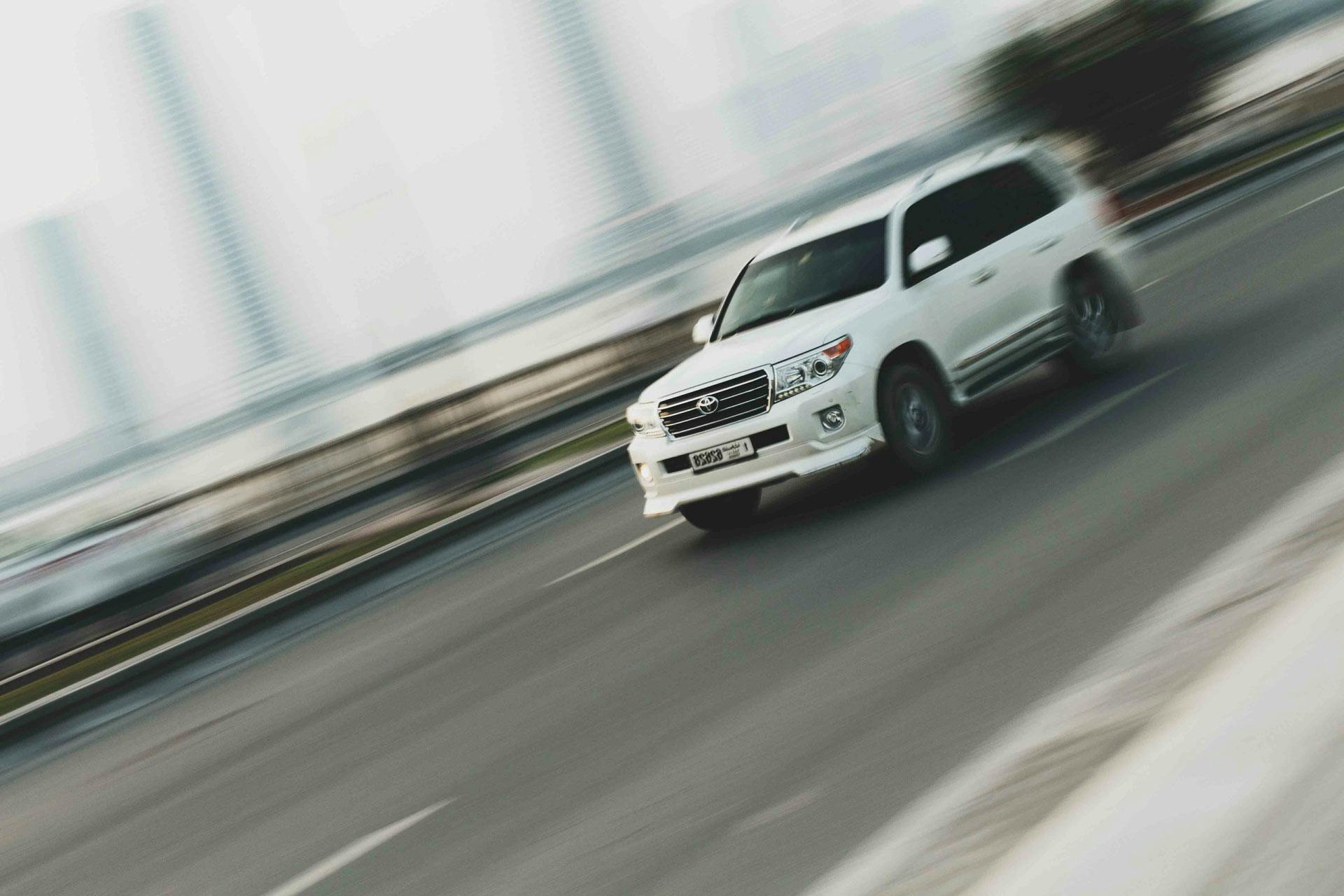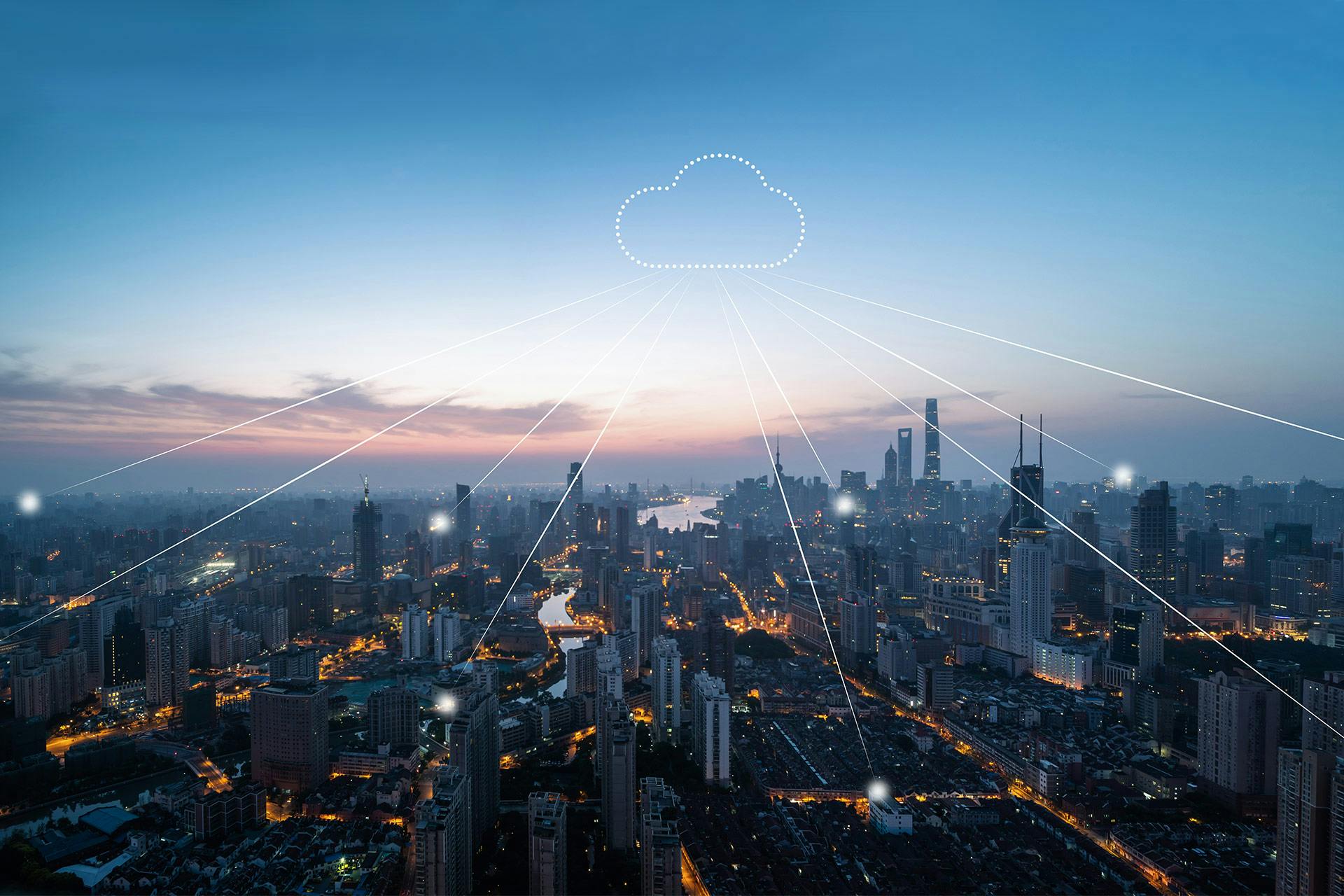Over the years, cities have become more densely populated and this has been accompanied by a shortage of resources. According to UN estimates, the world's population is set to grow from 7.7 billion now to 9.7 billion in 2050. That’s a 26% increase.
Clean Air
All around the world, people are increasingly living in cities. In 1950, just 30% of the world’s population lived in cities. By 2050, the figure is forecast to be around 70%. And these people are consuming more and more resources, including air, within a comparatively small amount of space. That is why it is so important to keep the air we have clean.
We must now identify where there is an increased need for action and how smart ideas can also be used right now, because connecting different technologies and infrastructures really brings Smart City concepts to life. VITRONIC is actively committed to this.





